Snake plants are the perfect plant for first-time growers. Not only are they very forgiving plants, but they can grow without requiring much maintenance or care. Depending on where you live, you may be wondering whether or not you can grow a snake plant outside. We've done a bit of research on how to grow snake plants, and in this post, we will answer this for you.
Yes, you can grow a snake plant outdoors. They can be grown in pots or directly in the soil. Snake plants do, however, require warmer temperatures to thrive. So if you live in an area where the average temperature is below 55 degrees Fahrenheit, your snake plant may not survive outdoors without some extra care.
While growing a snake plant outdoors is possible, there are certain things that you need to know to make sure that the plant has the best opportunity to thrive. Continue reading to learn about the factors that contribute to a snake plant's growth when planted outdoors.
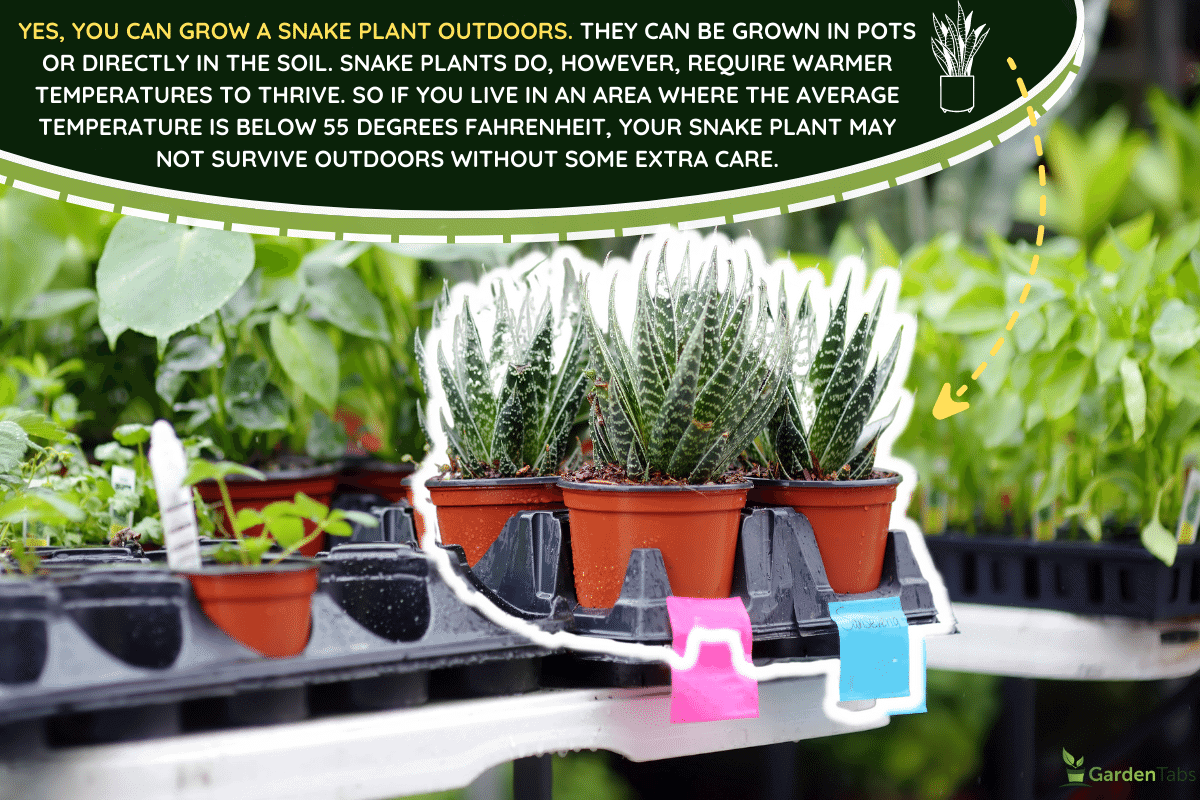
How To Grow A Snake Plant Outside
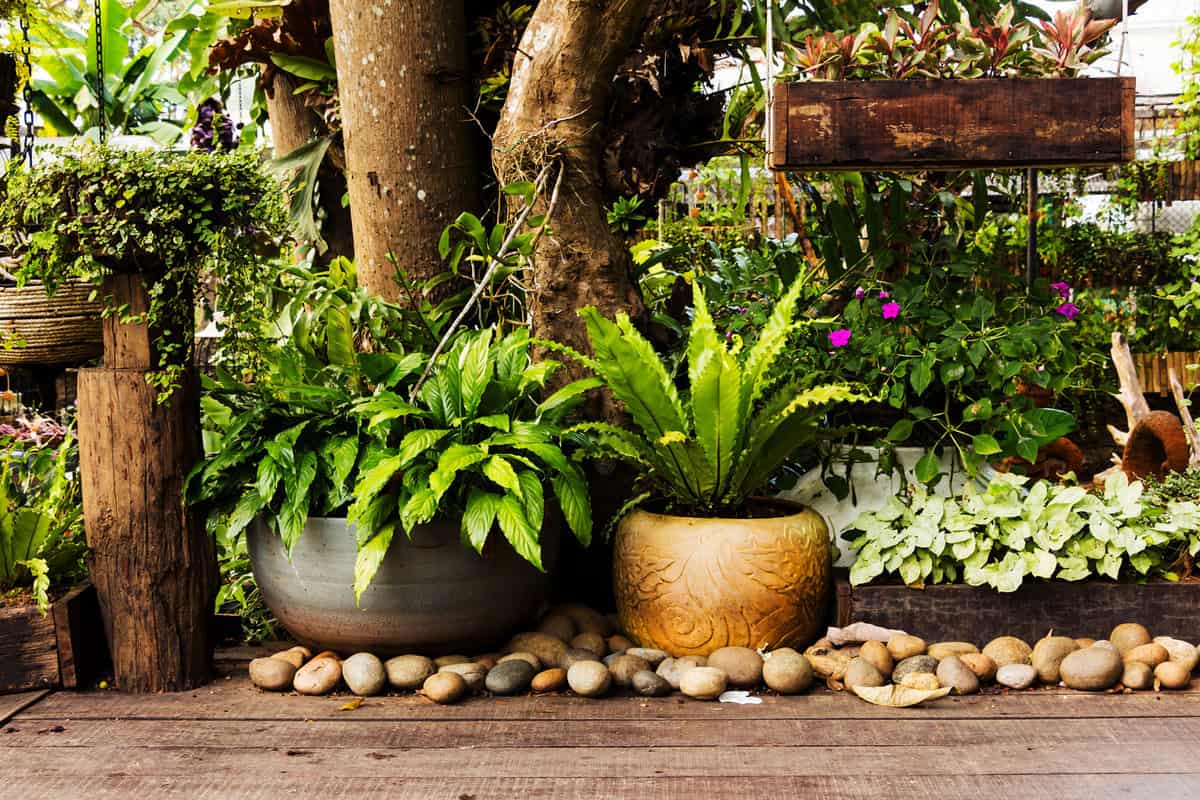
Snake plants are known for being virtually indestructible. Often, the biggest issue with growing snake plant is understanding just how little water they require to grow. However, there are additional factors to consider if you are planning on growing a snake plant outside. Let's discuss the most important things to note.
Temperature
Snake plants are tropical plants that are native to West Africa. Because of this, they can easily grow outdoors in warm temperatures (USDA Zones 8 through 11), anywhere from 55 to 90 degrees Fahrenheit. They are especially sensitive to cold temperatures and will not survive more than a few days in temperatures below 50 degrees Fahrenheit.
Light
Snake plants are pretty adaptable to lighting changes. They can survive in semi-lit, shady areas as well as highly-lit outdoor areas. While they prefer bright and indirect light, you can definitely set them outside on the patio or in the garden.
It is best to keep them away from strong direct sunlight, as it can dry them out if they are exposed to it for several hours. You also want to avoid areas that receive no lighting, as this can cause the plant's leaves to wilt and eventually fall off. A great location to place your snake plant outdoors is in an area that faces south or west, where it can get a combination of direct and indirect lighting throughout the day.
Water
As mentioned earlier, snake plants do not need a lot of water to survive. In fact, they actually need very little. The best time to water the snake plant is once the soil has completely dried. This will depend on the size of the plant and the outdoor humidity levels. Snake plants can survive without water anywhere from two to six weeks.
If planting your snake plant in the ground outdoors, you'll want to make sure that it's placed in an area far away from other plants that require more frequent watering or in a pot by itself (or with other tropical plants). The best way to determine if your snake plant is too dry is to look at the leaves. If you notice that the leaves are starting to turn yellow or appear wilted on the ends, chances are it's time to give the plant some water.
See this watering pot on Amazon.
Soil
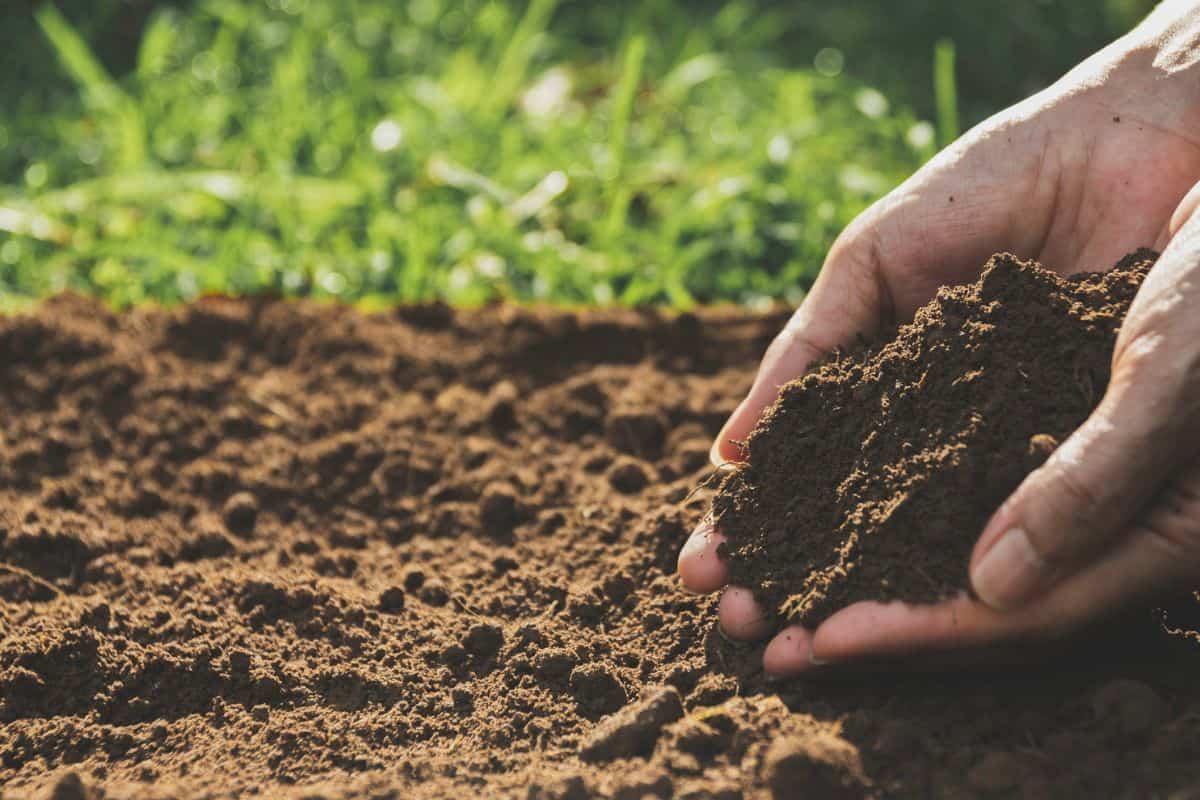
Snake plants can grow outdoors in a regular soil mixture as long as the mix drains well. You can use terracotta, porcelain, or ceramic pots when planting your snake plant outdoors. Just make sure that the pot has sufficient drainage holes. You can also use soil specifically designed for snake plants, cacti, or succulent plants.
See this snake plant soil on Amazon.
Re-potting
Snake plants are known to be slow-growing plants and don't need to re-potted often. If you place them in an outdoor setting with low lighting, they may only require re-potting around every five to ten years. However, if they're placed in an area with bright lighting, they may need to be re-potted within two to five years. They prefer to be crowded but can adapt well when the roots are free to roam around their pots' interior. If you notice that your outdoor snake plant has become more crowded during the colder months of the year, this is absolutely normal and will not hinder the plant's growth.
See these planting pots on Amazon.
Outdoor Pests
Another great benefit of growing snake plants is that they are fairly pest resistant, even when grown outdoors. However, like any other house plant, they can become susceptible to pest infestation if the surrounding area is not maintained at some level. The most common types of pests to affect snake plants are mealybugs and spider mites. Both of these pests can eat up the foliage on your snake plant, causing it to grow wilted and sick if they are not eradicated quickly. The most common way to get rid of them is to apply neem oil or rubbing alcohol to the plant's leaves.
Preventing Evasive Snake Plant Roots
While snake plants aren't particularly invasive, they can grow invasive when planted in the ground outdoors, especially in warmer climates. Here are a few ways to prevent this:
- Surround the snake plant with various barriers that are at least ten to twelve inches deep in the ground to prevent the roots from growing and spreading all over your yard.
- Instead of placing the plant directly in the ground, place it inside of pots and stick the containers in the ground up to the rim. Be sure that the containers have drainage holes so that the soil remains healthy.
- Dig up the snake plant every two to three years or so and divide it.
Steps To Divide Your Snake Plants
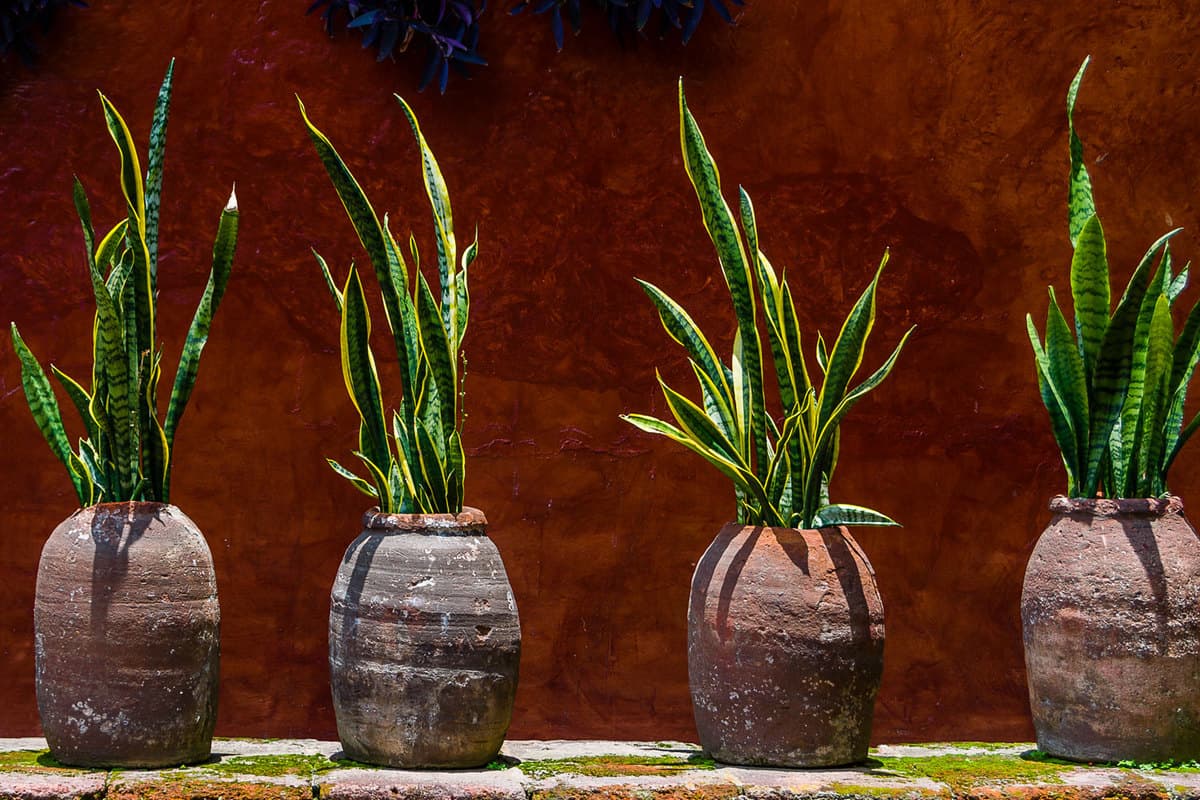
1. Remove The Plant From The Pot
Lay down newspaper or a tarp around the surrounding area. Next, grab the leaves of your snake plant gently with one hand and use the other hand to remove the pot gently. Squeeze the base of the pot if possible to pull it off. If the pot is stuck to the soil, you may need to take a utility knife to cut around the soil and remove it. You could also use a pencil or a chopstick to trace around the soil's perimeter --this is a much safer option, as it can prevent you from damaging the roots.
2. Slice The Pups
Once the plant is removed from the pot, shake off the loose soil and divide the plant into three to four pieces by separating the leaves. When doing so, you should see the small pups on the bottom of the plant; they have a white rhizome on the bottom. Take a sterile paring knife or gardening shears and slice off the small pups from the leaves' bottoms.
3. Prepare The New Pots
Next, prepare your new pots by filling them with snake plant soil or cactus soil, leaving about an inch or two at the top. Place your divided snake plants into these pots and then cover them with about an inch of soil. Press the soil down gently on the base of the plants.
4. Add Water
Lightly water the plants to moisten the soil slightly and then place them in a location with low to medium lighting or about four feet away from a north-facing window. You want the plants to get sunlight as they recover, but not too much that they become stressed.
Things To Avoid When Growing Snake Plants Outdoors
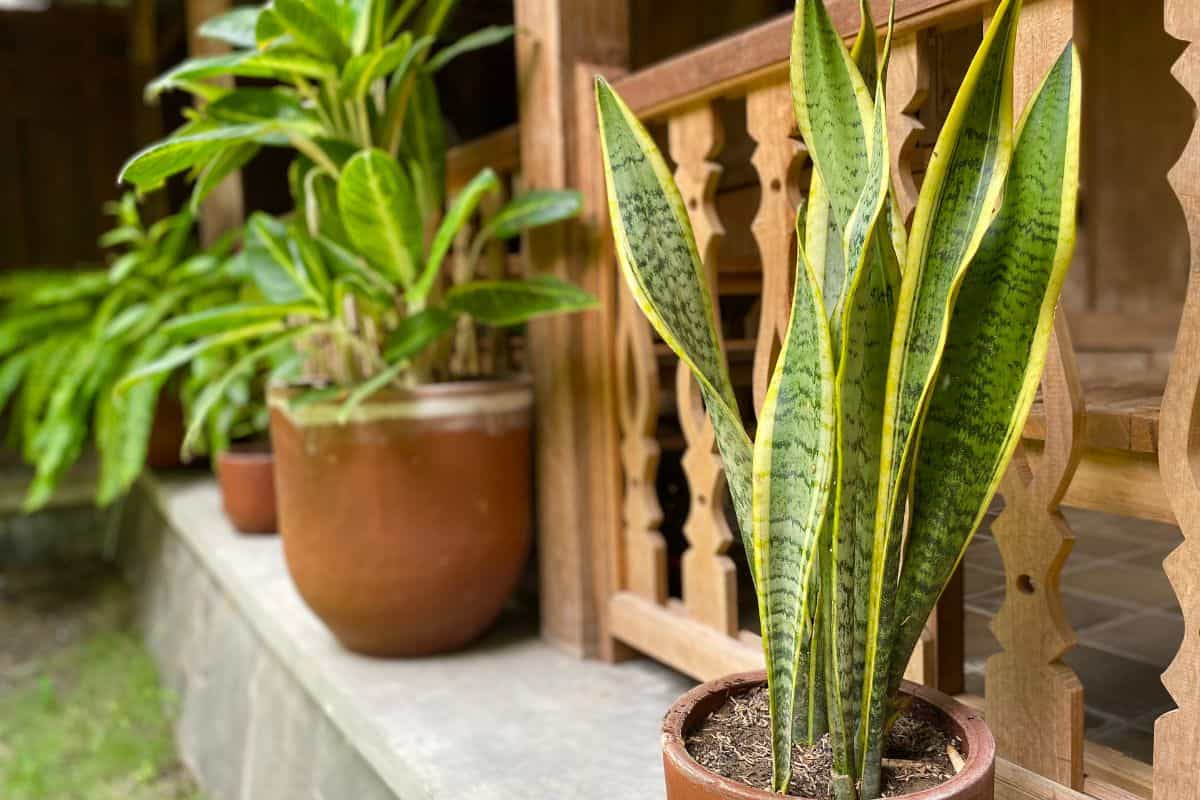
Misting The Leaves On Hot Days
You do not need to mist the leaves of your snake plant. The leaves contain water, which allows the plant to remain sufficiently hydrated on even the dryest days. Misting can cause the plants to develop fungal issues on their foliage.
The leaves of the snake plant should not be wet. Remember, these are tropical plants that live in very drought-heavy areas --so they aren't missing water that much. If you detect signs of under watering, be sure to place it in the plant's soil and not on the leaves.
Cold Temperatures
If you live in a cold area, do not attempt to grow a snake plant outdoors without a plan to keep it warm. If you want to grow a snake plant outdoors but live in an area where the climate can get below 50 degrees Fahrenheit during the colder months of the year, consider using a small greenhouse to store the plant.
Ignoring Pests
Though snake plants are pretty pest-resistant, this can change when they are exposed to an outdoor environment. If you plant your snake plant in an area around other plants and those plants have pests, chances are your snake plant will also suffer an infestation as well. Be sure to nip any pest infestations in the bud and eradicate them as soon as possible to prevent them from overtaking your plant.
Can Snake Plants Be In Direct Sunlight?
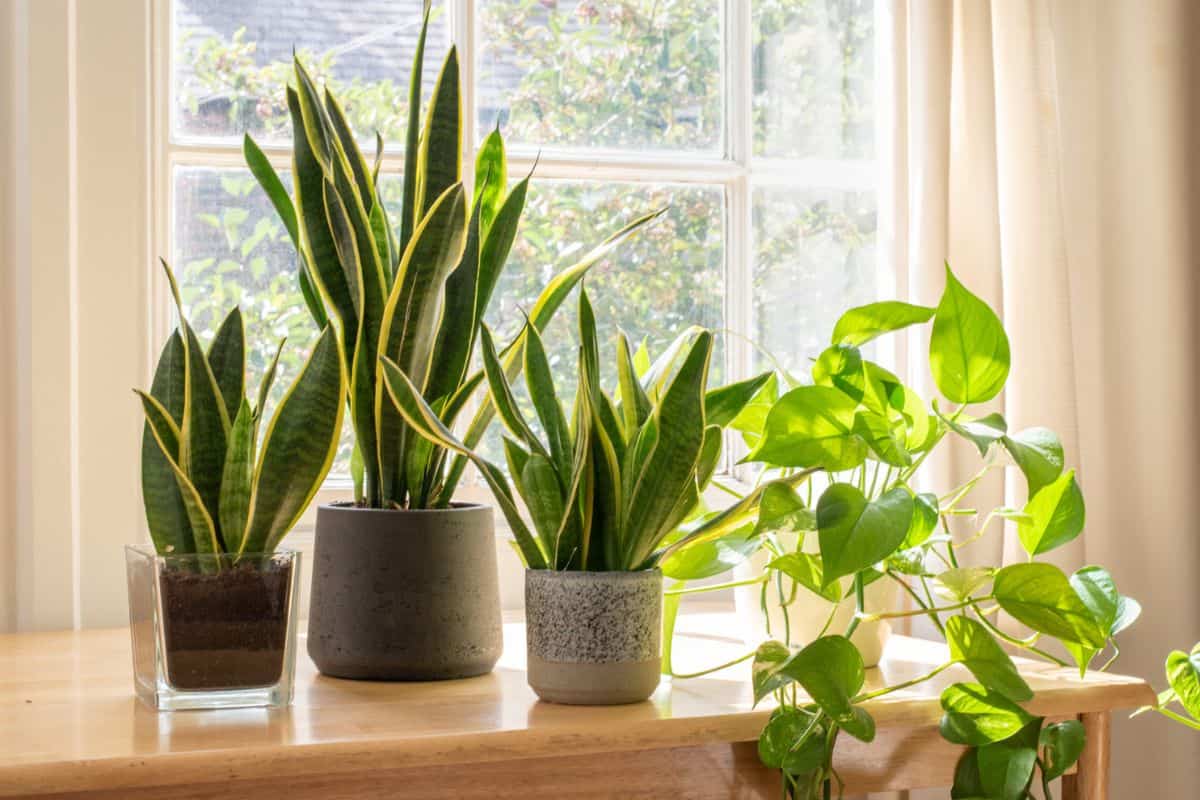
It's best not to place snake plants in strong direct light as it can burn the leaves, especially when the plant is outdoors. However, snake plants do grow well in bright light.
What Temperature Can A Snake Plant Withstand?
On the low end, snake plants should not be exposed to temperatures beneath 50 degrees Fahrenheit --especially for more than a few days. They can, however, withstand temperatures up to 90 degrees Fahrenheit very well. Anything higher can damage the leaves of the plant.
How Can You Make A Snake Plant Grow Faster?
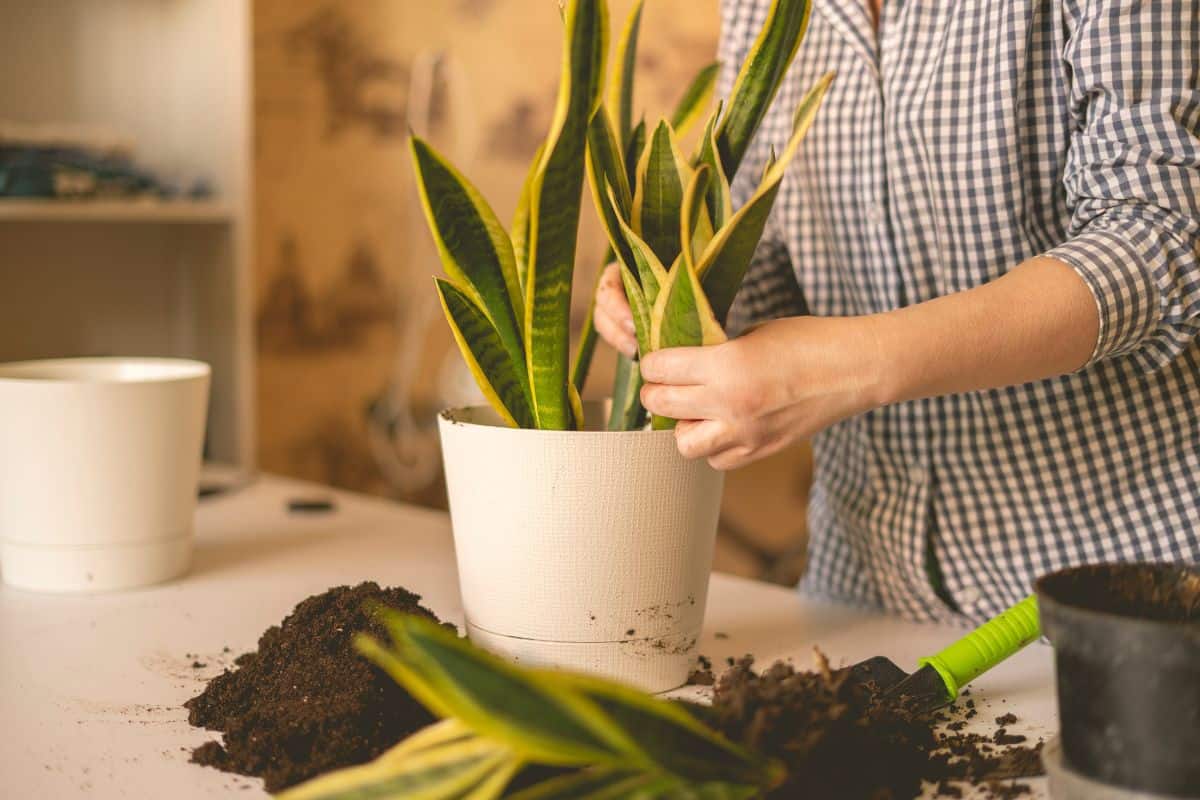
When compared to other indoor plants, snake plants are known to be the fastest growers. They tend to grow about four to twelve inches per year, depending on the plant's variety. If you are looking to grow your snake plant faster, you can boost it by providing it with more sunlight each day.
The more sunlight your snake plant receives, the more energy it can develop through photosynthesis, allowing it to extend its leaves more rapidly. Try to give your snake plant an equal amount of sunlight during the day. And if your plant is located outside, you may want to monitor the temperature on cooler days. So to say, if your snake plant is growing slowly, try placing it near a window that receives a good amount of natural light throughout the day or outside in an area where it can receive substantial lighting throughout the day.
Another way to help boost your snake plant's growth is to re-pot it. The roots of snake plants prefer to be crowded, but they can thrive even if they aren't crowded. As your snake plant grows taller, try to change out the pot so that it is big enough to allow for more root growth. This means that the ball of the plant can have up to an inch or two of extra space between it and the base of the pot. The larger the roots of your snake plant, the larger the leaves.
How Big Do Snake Plants Get?
Snake plants or Sansevieria are perennial plants that can grow anywhere from eight to fifteen feet high. They tend to grow higher outdoors where they have access to more light. Their sword-like leaves can get anywhere from one to two feet long.
Wrapping Things Up
Snake plants are one of the easiest plants to maintain, and they can be grown outdoors. The most important thing to remember when growing a snake plant outdoors is to make sure that the temperature is well suited for the plant, meaning between 55 and 90 degrees Fahrenheit on average.

Before you go, be sure to check out our other posts:





My mom had a Snake Plant which sat on the window sill above the sink. It sat in the same pot and place for over 20 years. One day my mom notice something strange growing in the pot. It turn out to be a flower stem. The flowers were beautiful. It bloomed 2 or 3 more times. One day the plant pot was broken. After that day, the plant never bloomed again. I have a picture of the flowering plant somewhere in our picture “abyss”.
I found a piece of a snake plant about 2 weeks ago which Had no roots. I put it in water and now it has roots about a 1/2 inch long. I wanted to try it outdoors but I was afraid to try it outdoors. I live in zone 8a so I think I will put it in a pot so I can move it around if weather gets too cold. The information you have for the plant is very helpful. Thank you very much.
@Lorenzo H. Taylor,
I am have good luck with growing the snake plant in the garden but keeping in a plastic pot with cactus soil and I usually move it indoors when the temps in Central Texas climb over 90. Put them out in the same hole when the temps are above 50 degrees